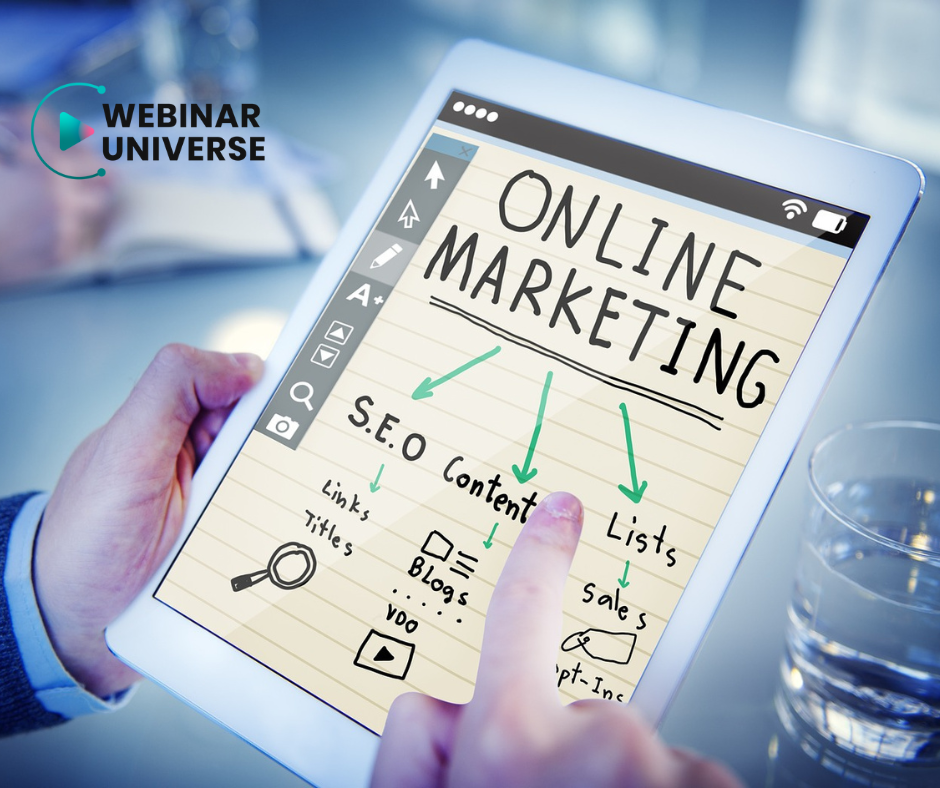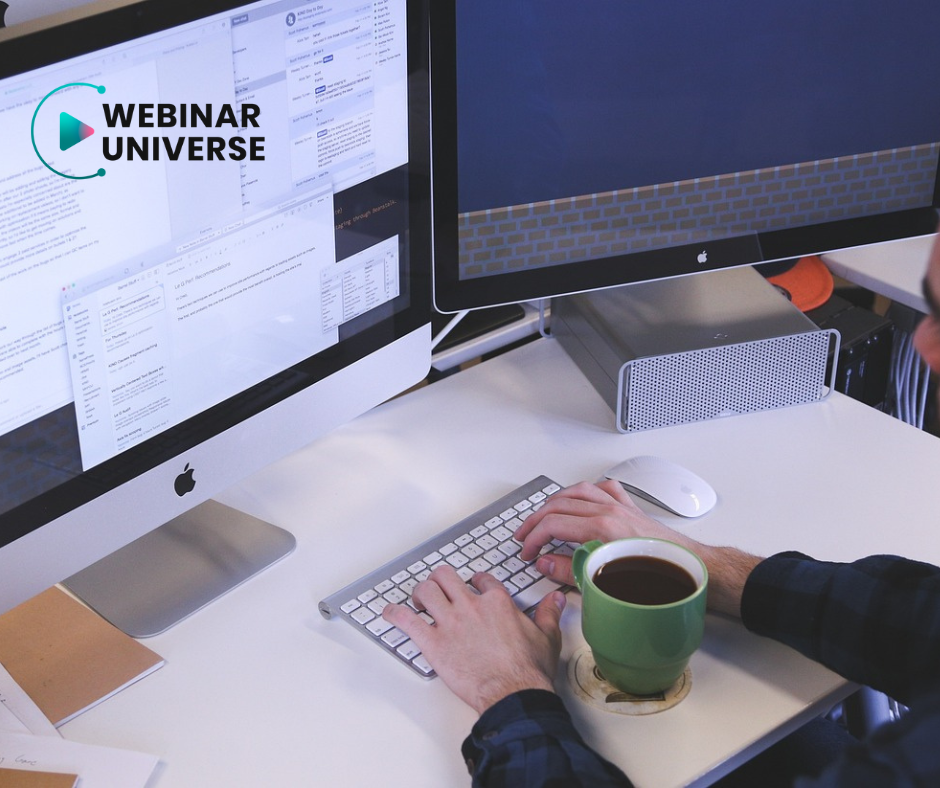The website and its role in positioning
The positioning of a website is affected by many things. Both on-page and off-page are important. However, it is also important how the website works, what parameters it has. The positioning activities that are performed on the website are called on-site. Which are the most important? Generally speaking, the site should work smoothly and quickly, with no problems or errors. The architecture of the site, i.e. its structure, is therefore important. It is about the distribution of content on the site, the logical division into categories and the relationship between the individual elements.
Another issue to pay attention to is the structure, content and HTML tags. The code of the site should be clean and correct. Also metatags such as meta title and meta description should be completed.
Page load time also has an impact on positioning. The shorter the better.
Of course, errors - or rather the lack of them - should not be forgotten either. This is especially true of 4xx errors, i.e. no page. This error is the result of content being deleted. If it was a valuable resource, it is worth thinking about a solution. It is worth noting here that if, for example, a single page with a 404 error appears on the site, this is not harmful. However, when there are more such links, it is a negative signal for search engines.
What else affects SEO? One of the most important elements of page optimisation is the design of URLs. They should be in a friendly form. In order for an address to be correctly read and indexed by Google robots, it should comply with the guidelines. It should not contain any Polish characters, words should be separated by a hyphen and not by an underscore, and special characters such as #%! Id=123. The URL should also not be too long and may contain subpage-specific keywords.
A non-technical issue related to the positioning of the page is also relevant content. It should contain key phrases related to the topic of the site. It is also best if the website is regularly updated. A blog, where new texts appear from time to time, is ideal for this role.
It should be remembered that the content on the site should, above all, be factual and helpful to users. It should also be relevant to the search intent, i.e. answer the question the user has asked. If a page is about dogs and there is no information on popular breeds, Google may find that other sites have more relevant data.
Are you interested in this topic? Try online learning and learn more with online courses on the Webinar Universe platform.

Internal linking ... meaning?
Internal linking is a very important element of a correctly built website. It helps users navigate the website and supports the positioning process.
The term external linking means placing links in various places within a page that lead to other pages on the same site. The function of linking is twofold. Firstly, linking from one article to subsequent thematically related articles helps keep the user on the site longer. Secondly, it makes the job of Google's indexing robots easier.
How does it work? Very simply. A skilfully created network of internal links, placed e.g. in blog articles, leads the reader from one page to the next, which interests him. As a result, he or she spends much more time on the site than he or she would have spent if he or she had only visited one subpage. In turn, this improves the site's statistics and gives it extra points in the search engine ranking.
However, that is not all. Internal links form a network that acts as a map for Google's robots. As they analyse a page, they navigate between the links on it.
Do you want to explore this issue in greater depth? Opt for training on the web. An educational platform is where you will find courses completely online. Webinar Universe offers such training. User reviews indicate the high quality of the material.
Correct links
How do you do proper linking? First of all, it's worth considering where on the page the links are best placed. It is also good to know that tabs such as contact us, and us or categories e.g. in an online shop are internal linking and work in the way we described above.
So to achieve the best possible effect, it is best to think about the names for each of these tabs as early as the creation stage of the website. Despite appearances, this is not such a simple task. The words used in the links may affect the position of the sub-pages in search results. In addition, it is worth placing links in other places, such as the content of the page. An excellent place for internal linking is a blog or a product or category description. From one entry, you can direct the user to further, thematically related entries that could potentially be of interest to them.
How do you do this correctly? It is important to remember that external links work hierarchically. This means that where they are placed affects their effectiveness. The closer the link is to the home page, the more power it has. However, it is not worth linking to links that are already on the homepage. These links already have a strong position due to the construction of the site, so linking to them will not yield results.
It is always a good idea to link first to the sub-pages that you want to get the most exposure. Google robots check the first few links and move on to the next part of the page. When linking, it is worth remembering to name links well. An anchor, which is a hyphenated word that leads to the next subpage, should be specific and clearly tell the user where they will move when they click on the link. An anchor that is inconsistent with the content of the page will discourage the user from exploring the content further.

External or internal linking?
What is the difference between internal and external linking? Internal, as we mentioned, are links to sub-pages within one site. Thus, they do not lead to other pages. External linking, on the other hand, is a term that refers to links leading to a site from other sites.
The main difference between these two ways of obtaining links is the impact on SEO. While internal links primarily help the user, influencing a longer dwell time on the site, external links have a major impact on a site's position in search results and increase its visibility.
Internal linking is fairly simple to do. You need to think carefully about the structure of the site and make sure that the user gets to every part of the site - in a natural way. Simply adding links is not complicated.
The situation is different with external links. First of all, the linked sites must be verified. Links with a bad reputation negatively affect positioning. It is not quantity but quality that counts. Before acquiring a link, it is therefore essential to carry out an analysis of the site. If it is a typical platform with poor quality texts, created solely for SEO, it is better not to decide on such a link. It will not be helpful.
It is also worth bearing in mind the parameters of links. There are two main types: nofollow and dofollow. The latter, from an SEO point of view, gives better results and is more important. Google treats them as recommendations, but if there are too many of them, you can get penalised. That's why it's a good idea to acquire nofollow links as well - ideally they should make up the majority of all links leading to the site.
Which linking is more important? In theory, external linking is more important for SEO, but links within the site help with indexing. They are also important for the user, who spends more time on the site thanks to them, and this is very beneficial for SEO. So it is better to include both types of links in your strategy.
Links in SEO are of great importance. Internal ones help to build the structure of the site and have a positive impact on the User Experience. External links are very powerful and support SEO efforts. It is not worth forgetting the correct links that will guide the user through the content on the page and make them stay there as long as possible.
